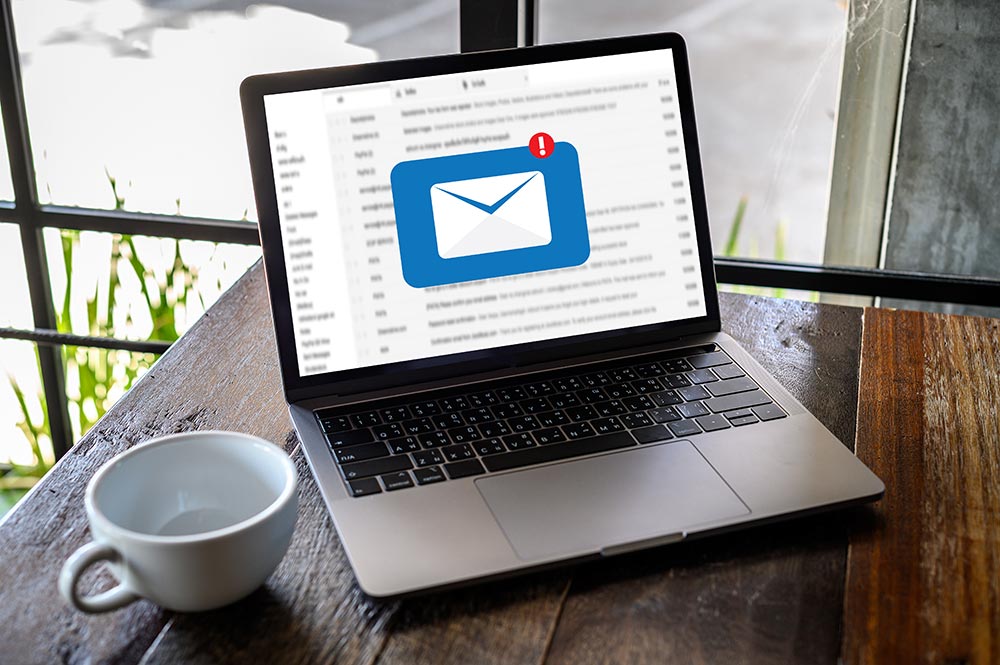Why You Shouldn’t Unsubscribe From Spam Emails
Did you know that at least 45% of all emails send every day are spam? In fact, a significant number of email users say that they receive at least one spam email every day. So, how should you treat such emails when they hit your inbox?
While most of us will feel annoyed and more inclined to find a way of avoiding such emails completely, there is one thing you shouldn’t do at all- clicking on the “unsubscribe” links or sending the word “stop” as a text message to the provided number.
Performing any of these actions will yield the opposite results. For instance, if you click on the “unsubscribe” link in the text, it will mean you are now “subscribing” to the email list officially, and if you send the word “stop” to the given number, it will be taken to mean you want more of the texts.

What Is a Spam Email?
For an email to qualify as “spam,” it must fulfill two mandatory conditions. It must be unsolicited and send out in large quantity.
Unsolicited means that the recipient has not granted any verifiable permission to the sender that he/she wants to receive emails from them. Bulk means the email must be sent as part of an extensive collection of messages send to multiple receivers. The message must also have substantively identical content.
If you receive an email that looks like it was sent to multiple people and had not subscribed to receiving such emails from the sender, know you have been hit with spam.
Any Interaction with Spammers Is Bad
There is a significant difference between a spammer sending you unsolicited malware links versus opening an email with a newsletter you willingly signed up for but no longer want to read it. In this case, we are talking about the spammer.
As these spammers push out hundreds of thousands or even millions of email messages every day, they are not targeting you in particular. Instead, they are only looking for signs of an active email account and target it with suspicious messages. In fact, most spammers don’t even know if your email address or phone number is valid.
However, once you toggle the “unsubscribe” button or send the word “stop” to the phone number provided, you validate your contact information and risk inviting more spam to your inbox.
So, What Should You Do With Spam Emails?
The easiest thing to do is to ignore the messages. Whenever you receive a spam email, the only thing you need to do is mark it as spam or delete it before opening.
With text messages send to your mobile number, delete them without replying to the sender and block the number.
If you must open the email message or text message, do so, but avoid clicking on any links within the text. Avoid fiddling with spam messages because that will only increase your chances of clicking on the spammer’s links.
How Can You Avoid Spam?
Fortunately, you can do a few things to avoid receiving spam emails and messages in your inbox. These are basic tips that most of us tend to ignore most of the time but they can help you.
1. Avoid displaying your email addresses in public
Spammers are human beings who spend a lot of time trying to gather potential targets’ contact information. They scrape social networking sites, forums, chat rooms, blog post comments, and other online sites to gather email addresses and telephone numbers. Therefore, the less you post your contact information out there, the better.
2. Use an original email address that spammers can’t replicate
Most spammers are good guessers, and most of their work depends on guesswork. In most cases, spammers come up with different name combinations and send out millions of messages hoping to find a few valid email addresses.
It means that the typical email addresses will most likely attract more spam. So, if you proceed to create an email address such as info@yourdomain.tld, your chances of being hit with spam emails will be relatively high.
Try adding a few unique characters or numbers to your email address combination to avoid such a thing. Instead of info@yourdomain.tld, you can have something like domainname-info@yourdomain.tld
3. Consider creating at least two different email addresses
Having just one email address can be quite tricky and can make you more susceptible to spammers. To be safe, consider creating at least two email addresses- one for your personal messages and the other one for everything else.
The email address for everything else should be your public-facing email, and don’t allow anything personal to get to it. If it reaches a point where you are being bombarded with spam emails on your public-facing email address, simply close it and create another one.
Feel free to use your public-facing email address to sign up for newsletters, promotions and do other stuff that can make your email address end up in the hands of spammers.
In most cases, your public-facing email address will always have more spam emails compared to the email address you have set aside for your personal messages.
You Have the Freedom to Choose How You Wish To Interact with Brands Online
Nobody should be sending you unsolicited emails, but that isn’t always the case. With the world shifting more and more towards a customer-centric approach, a lot has to change.
Today, everyone has the freedom to choose how they want to interact with businesses online, and almost every internet user is empowered to get the experience they want and choose whoever they want to engage with.
While this makes life quite difficult for spammers, it doesn’t mean that you are fully protected. Reputable online brands may respect your terms unconditionally, but spammers won’t. The most important thing to do is figure out how to limit the number of spam emails you receive.
Ignoring the “unsubscribe” button or link within the message is one of the most effective ways of limiting spam emails.

